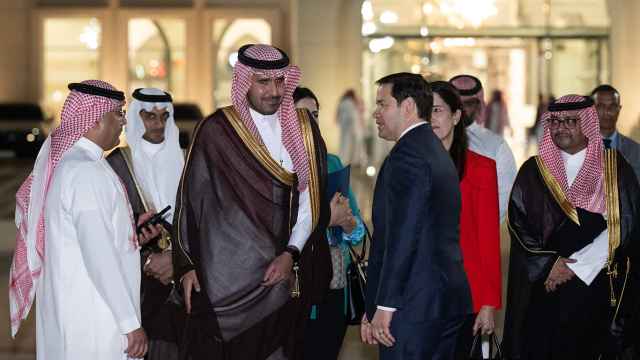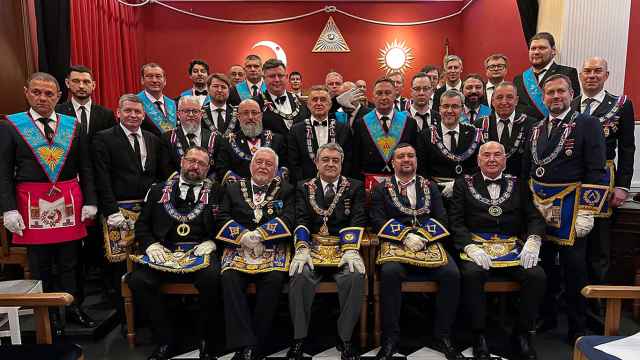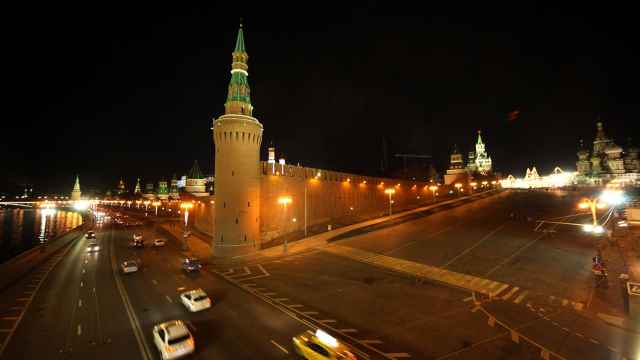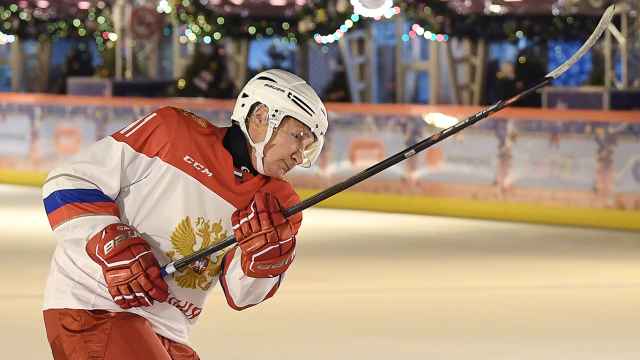Do you want a faster ride?
Russia’s economy grew by about 7 percent a year during the decade before the crisis of 2008. Now, with the economic recovery under way for quite a while, we hear arguments that Russia should be returning to the high pre-crisis growth trend. Indeed, an initial phase of strong economic recovery seemed to support those arguments: The State Statistics Service has reported gross domestic product growth acceleration to 5.2 percent in the second quarter. Unfortunately, further economic growth is likely to be a moderate 2 to 4 percent per year.
Why is this likely to be the case? Think about Russia’s growth as a troika, where one horse is oil prices, another is capital inflows, and the third is a relatively weak ruble (compared with where it would have been without Central Bank interventions). Before the crisis, we all enjoyed a downhill ride, with all three horses running fast easily. Oil prices increased by nine times in 2008 since their lows in 1998, enormously boosting proceeds from Russia’s exports. Net private capital inflows — inflows minus outflows — reached $82 billion in 2007 and $54 billion in the first half of 2008. The state got a good part of it and shared it with others, increasing wages and pensions. So, all this money ended up in various pockets, not evenly, of course. Yet, everybody (or almost everybody) got something from it, and overall living standards improved considerably. Now things look different: The troika has to run cross-country and, perhaps, uphill. Clearly, that will not be as easy as before.
Do you want to ride faster and safer? Hey, we all do! Then the best way would be to get out of the troika, get into a high-speed low-carbon emission hybrid car and drive along a highway. That would be modernization. Modern cars are driven by private initiative, entrepreneurship and human capital, with the state taking care of passengers’ safety. Highways stand for a business-friendly regulatory environment that allows fast driving. Road signs help with the direction, rather than block traffic. We think that now the Russian car does not have many chances to drive far away — there are too many gasoline suckers, as well as excessive and confusing road signs on the road. The troika appears to be a more habitual and convenient way of driving now.
Driving a car requires different skills compared with riding a troika. Does the troika coachman want to drive a car? Apparently, yes. Will the troika coachman manage to do it? Who knows.
Alexander Morozov is chief economist at HSBC Russia.
A Message from The Moscow Times:
Dear readers,
We are facing unprecedented challenges. Russia's Prosecutor General's Office has designated The Moscow Times as an "undesirable" organization, criminalizing our work and putting our staff at risk of prosecution. This follows our earlier unjust labeling as a "foreign agent."
These actions are direct attempts to silence independent journalism in Russia. The authorities claim our work "discredits the decisions of the Russian leadership." We see things differently: we strive to provide accurate, unbiased reporting on Russia.
We, the journalists of The Moscow Times, refuse to be silenced. But to continue our work, we need your help.
Your support, no matter how small, makes a world of difference. If you can, please support us monthly starting from just $2. It's quick to set up, and every contribution makes a significant impact.
By supporting The Moscow Times, you're defending open, independent journalism in the face of repression. Thank you for standing with us.
Remind me later.





